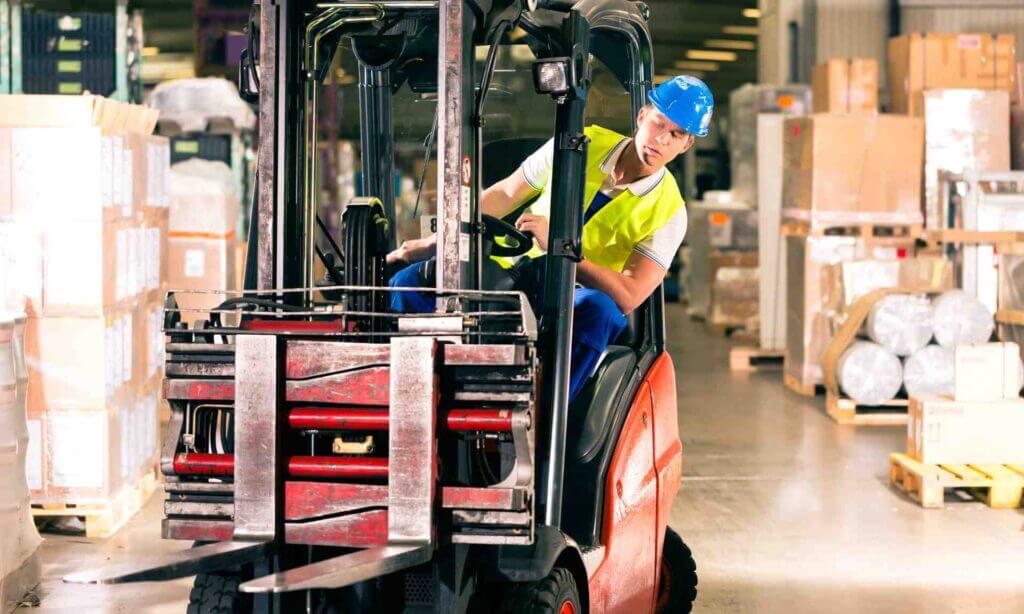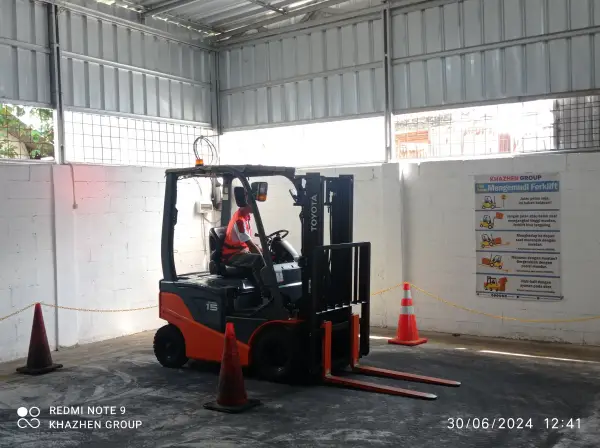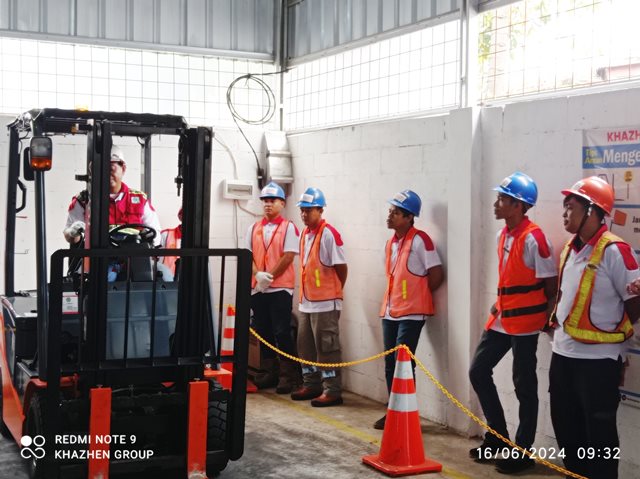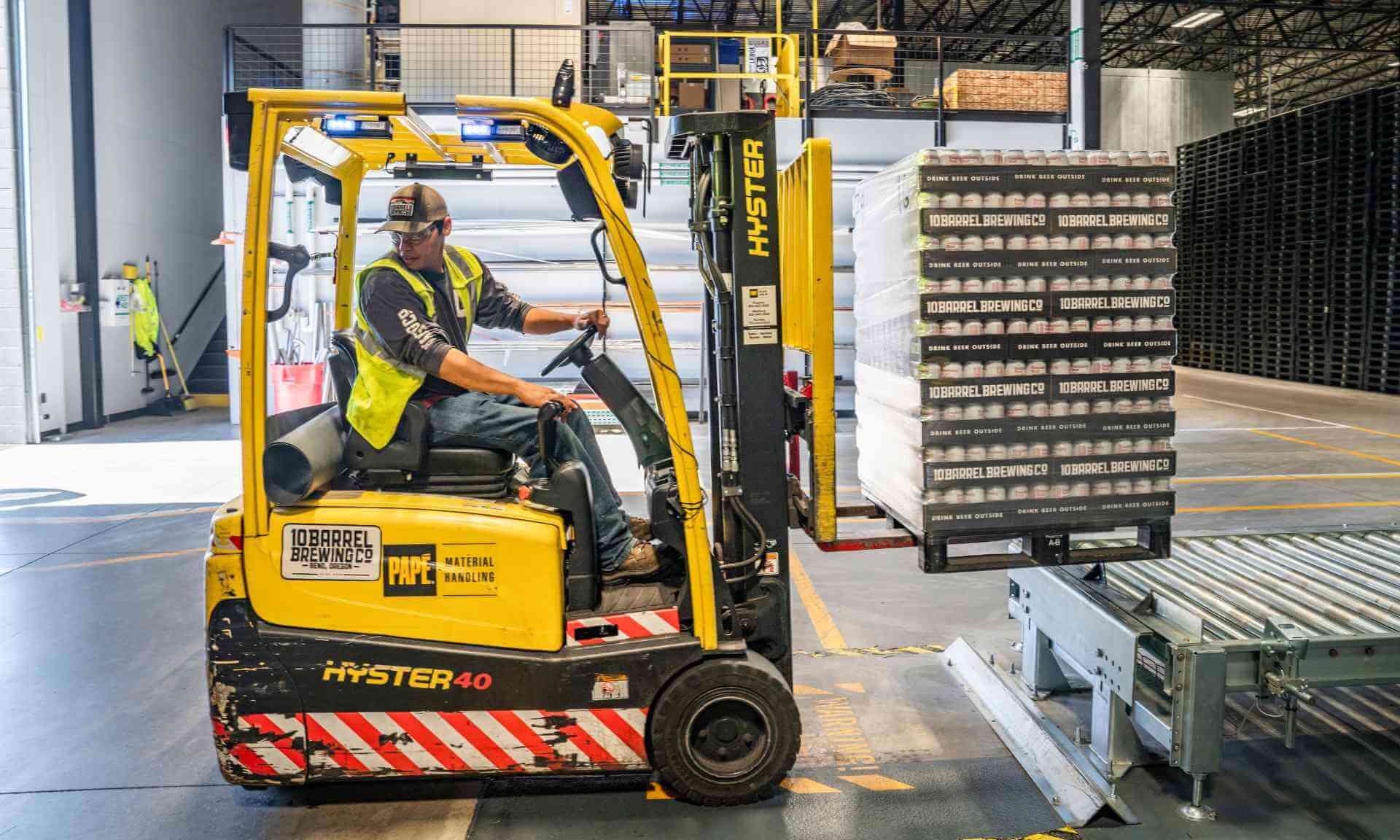An efficient and organized warehouse is key to the operational success of a business. Forklifts play a vital role in improving warehouse productivity. This article explores strategies for optimizing warehouses using forklifts to achieve maximum efficiency.
Why Are Forklifts Important in Warehouse Optimization?
Forklifts are not just cargo carriers; they are essential tools for overcoming warehouse management challenges. With their ability to quickly and efficiently lift and move goods, forklifts help reduce handling time and increase overall productivity.
Choosing the Right Forklift
Warehouse optimization begins with selecting the right forklift for your specific needs. Consider the lifting capacity, the type of materials to be transported, and the warehouse characteristics. Electric forklifts might be more suitable for indoor environments, while fuel-powered forklifts might be ideal for larger warehouses.
Efficient Warehouse Layout Design
A well-designed warehouse layout plays a crucial role in optimization. Ensure that forklift routes are not only efficient but also safe. Avoid obstacles that can hinder forklift movement and ensure that every area of the warehouse is easily accessible.
Forklift Operator Training
Having well-trained forklift operators is essential. Operator training not only enhances warehouse safety but also improves operational efficiency. Skilled operators can optimize forklift use and reduce the risk of accidents.
Regular Forklift Maintenance
To keep forklifts operating at their best, routine maintenance is necessary. Schedule regular maintenance checks, and inspect tires, brake systems, and other components. Well-maintained forklifts have a longer lifespan and better performance.
Integrated Inventory Management System
Integrating forklifts with an inventory management system can improve visibility and control over inventory. Automating some inventory management tasks with technology can reduce human errors and increase data accuracy.
Implementing IoT Technology in Warehouse Optimization
Beyond conventional strategies, adopting Internet of Things (IoT) technology can revolutionize warehouse optimization using forklifts. Sensors on forklifts can provide real-time information about performance and machine conditions, allowing for accurate monitoring. With this data, management can plan maintenance more efficiently and identify potential issues before they become serious problems.
Furthermore, IoT integration with inventory management systems enables real-time tracking of goods movement. This minimizes the risk of item loss and provides deep insights into product usage trends for stock planning.
Employee Involvement in Warehouse Optimization
It’s important to involve employees in warehouse optimization strategies. Engaging them in decision-making processes and providing additional training on forklift use can increase participation and awareness of the importance of warehouse efficiency.
Combining advanced technology with employee involvement can create a more productive work environment that adapts to changes. Thus, warehouse optimization strategies encompass not only efficient forklift use but also human and technological aspects to achieve sustainable competitive advantages.
Conclusion
Facing business competition demands, warehouse optimization is key to achieving operational excellence. By implementing the right strategies, particularly in forklift use, you can enhance the efficiency and productivity of your warehouse. Ensure to continuously monitor technological developments and best practices in the industry to remain an innovative leader.




